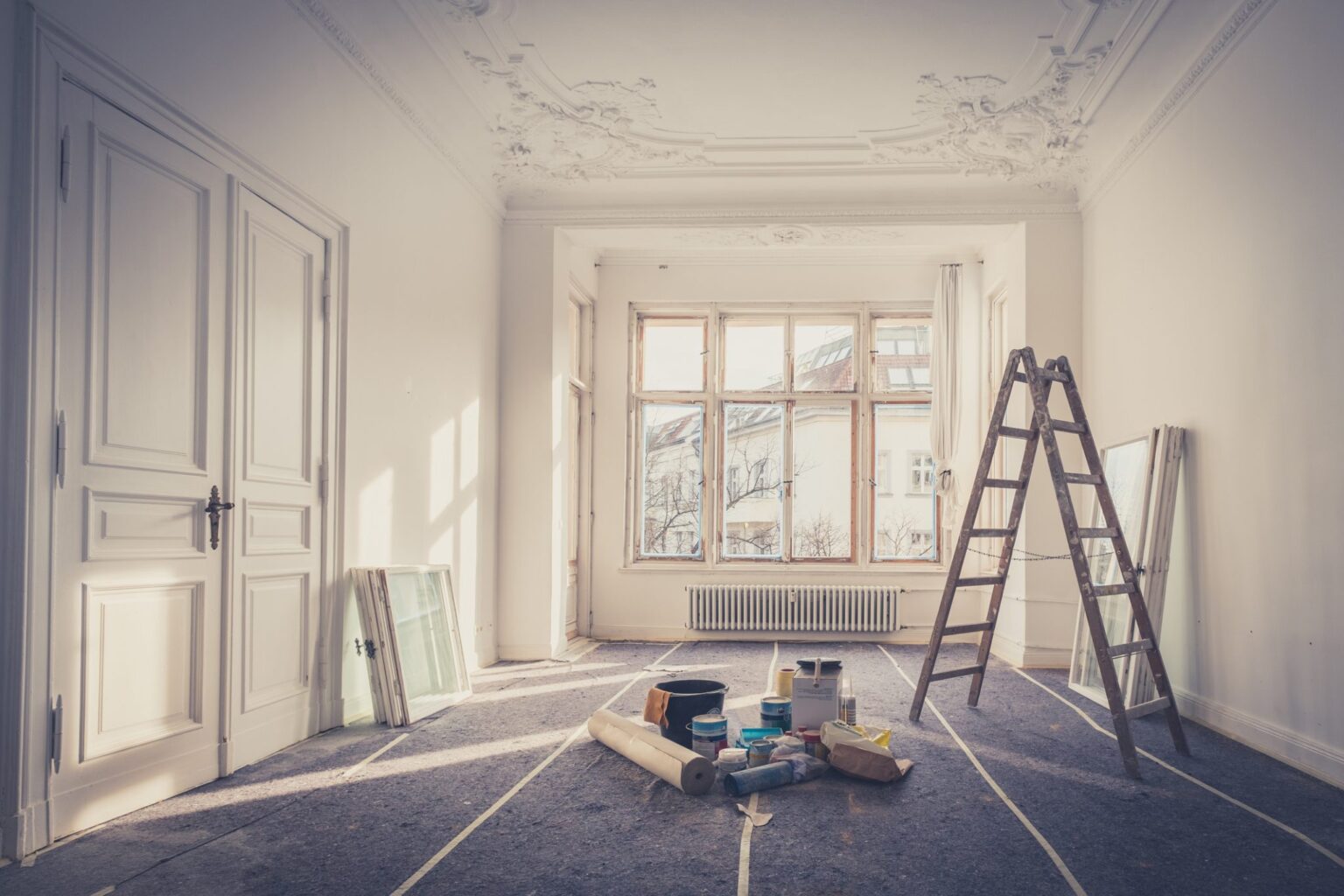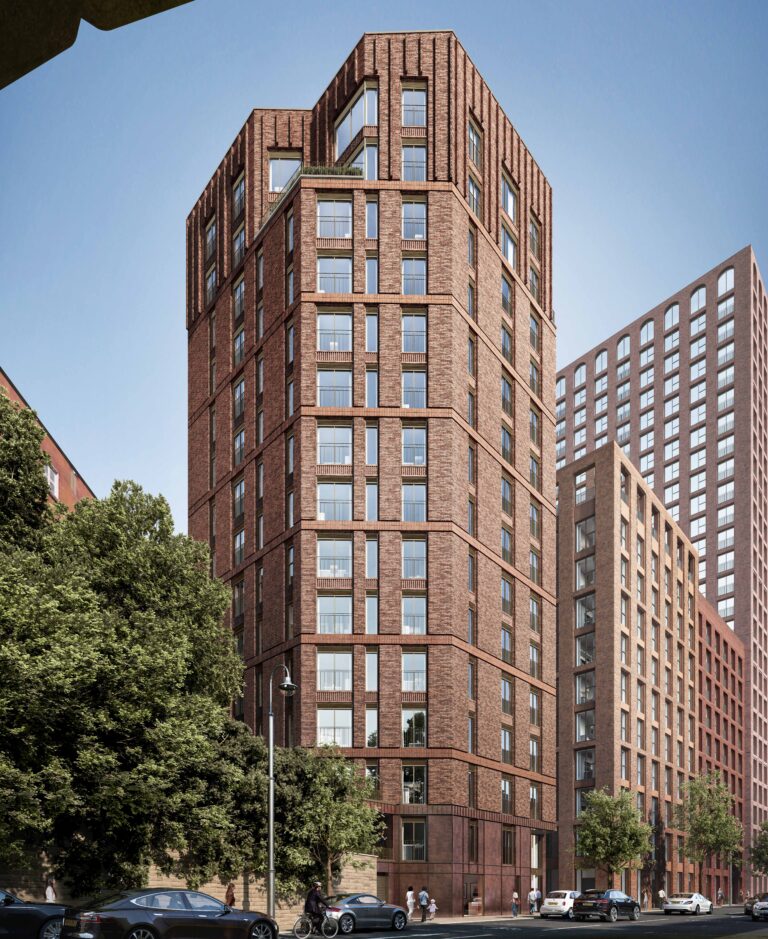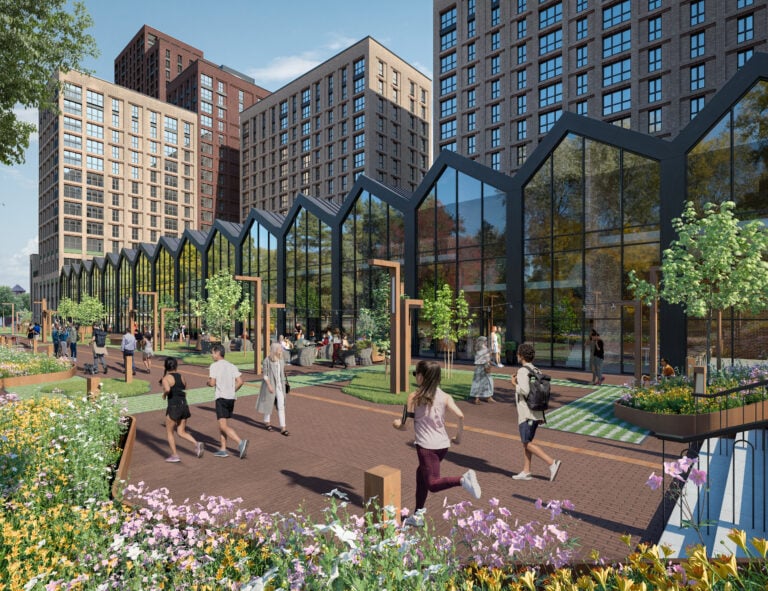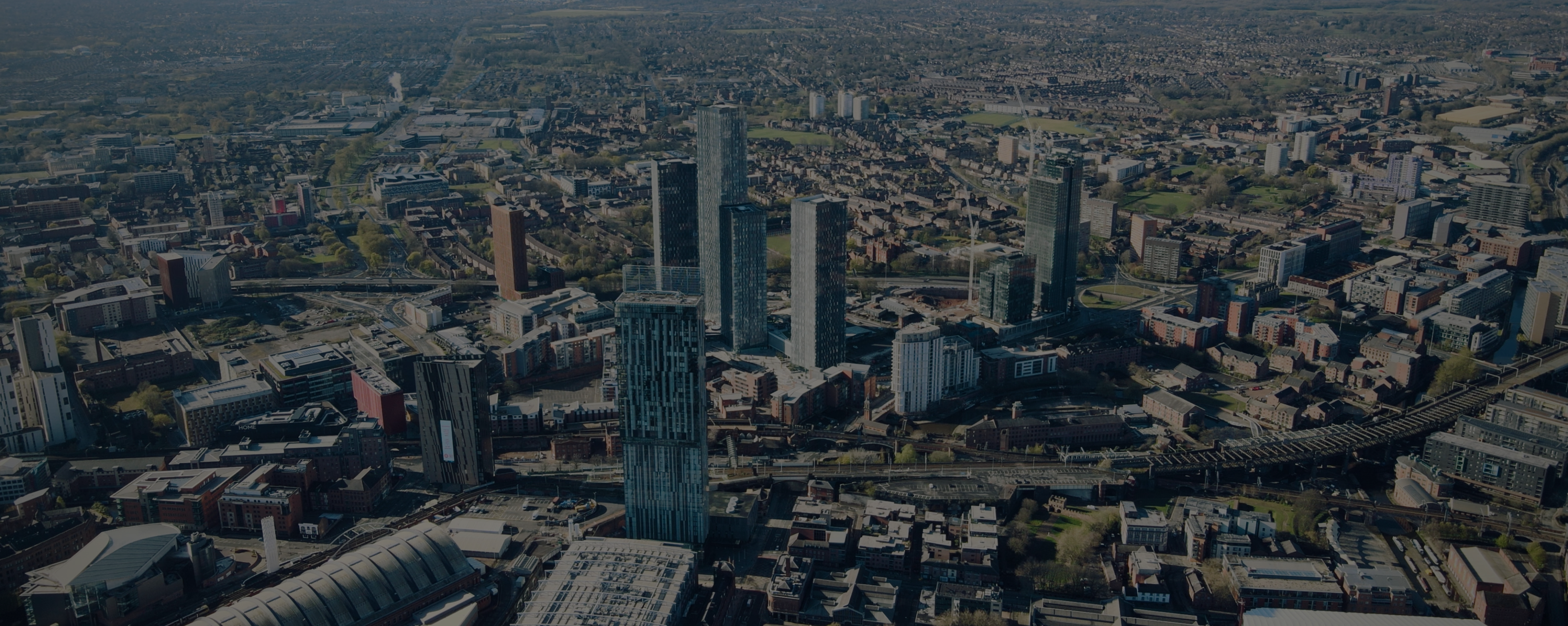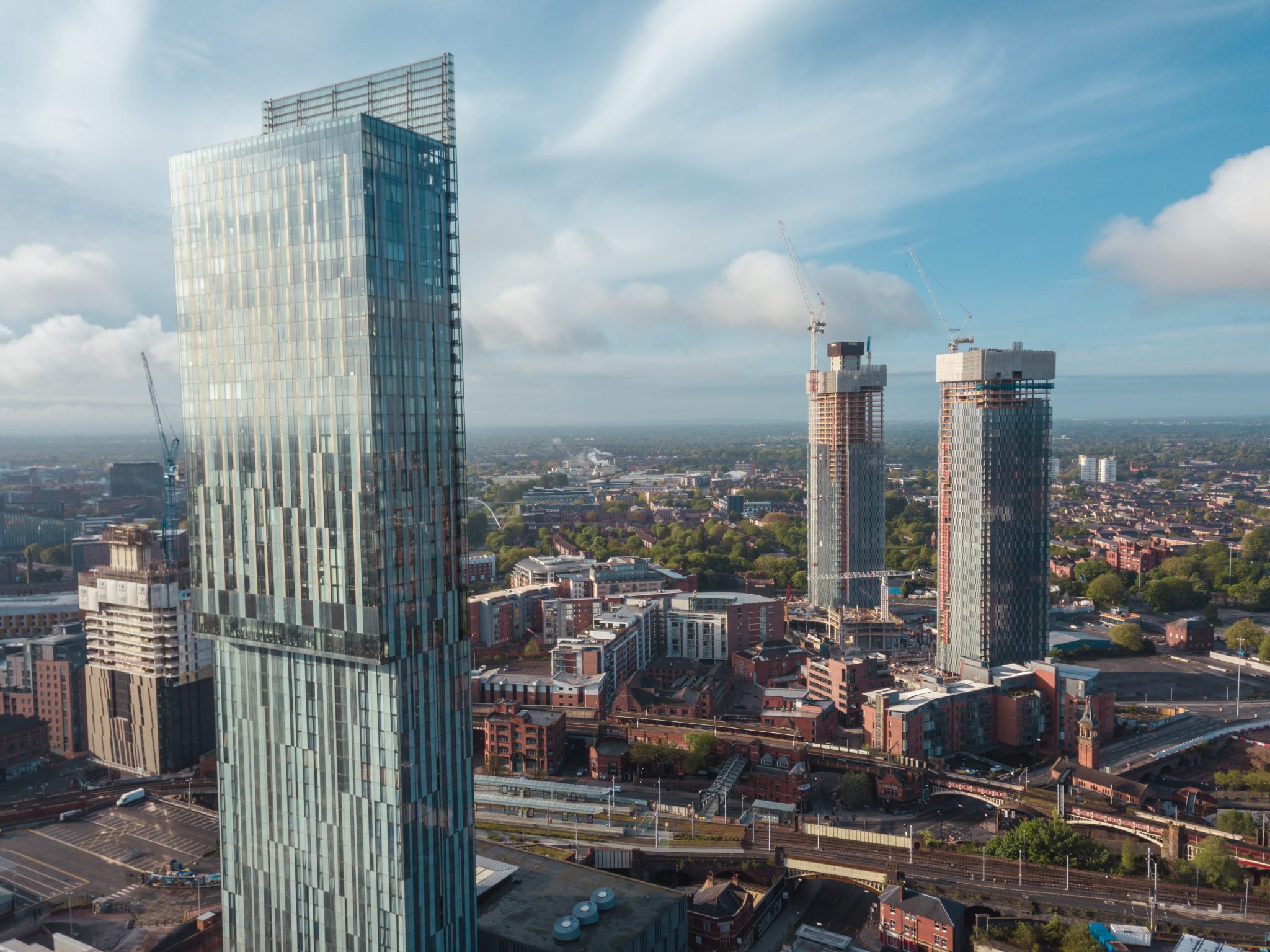Flipping property can be a popular strategy to make fast returns for investors, but there are risks involved, and the recent stamp duty change is an extra consideration.
While the majority of property investors hold onto their assets for a long period of time in order to maximise their returns – often using leverage and capital appreciation to add to their portfolios over time – flipping property is another common method that many investors use.
Made popular through TV shows like Homes Under The Hammer, flipping property tends to involve buying a home at a competitive price, renovating it to boost its value, then selling it on a relatively short time later for a profit.
This can be a successful investment strategy, particularly during a market when prices are rising fairly rapidly. However, it can also be risky, and it might not be the right option for investors who are looking for a regular monthly income from rental payments.
Considering the cost
One factor that potentially changes the outlook for flipping property is the recent change to stamp duty thresholds and rates. As of 1st April, stamp duty was reverted back to previous levels, having been temporarily changed to ease costs for buyers and stimulate the market.
The change essentially means that the tax bill for many buyers is now higher, because the threshold at which stamp duty is owed has been lowered from £250,000 to £125,000. This could have an impact on the final return on investment for property flippers.
Aside from this, the cost of renovating a property has risen significantly in recent years due to a combination of factors, including supply chain issues and material shortages which have led to price hikes. These costs must be carefully weighed up against the potential increase in value on sale of the property.
Often, flipping property involves heading to auction. This can mean that investors need to use a specialist lender or a bridging loan lender who can accommodate the quick turnaround of an auction sale.
With interest rates sticking at a higher level than they were a few years ago, this can also eat into some of the profit that investors might have enjoyed back when interest rates were at rock-bottom.
Flipping property: latest trends
New research from Hamptons has revealed that the number of people flipping property has fallen to its lowest level in more than a decade in England and Wales. The agent blames this largely on the recent stamp duty change, as well as a general dip in buyers in more expensive parts of the south of England.
According to the figures, only 2.3% of homes sold had been purchased within the previous 12 months – which is an indicator of flipping property for a profit – which was the lowest level since 2013. This is also down on the 3.6% recorded in Q1 2024.
It equates to 7,301 flipped properties sold during the period, which is almost 3,000 below the 10-year average for Q1.
Profits have also fallen for this method of property investment, says Hamptons, particularly when taking stamp duty into account. Gross profits for flipping property were £22,000 on average in Q1 this year – but this is a steep drop from the peak of £38,000 recorded in 2022, when prices were rising more rapidly.
But investors paid an average of £6,375 in stamp duty during the quarter for flipped property, which was 236% higher than the average of £1,900 10 years ago. This equates to around 21% of the average gross profit, which is more than double the amount investors would expect to pay in the tax in 2015.
Fast-forward to the current stamp duty rate, and the average bill for flipping property has now risen to £11,920.
Of course, the location and property type you invest in makes a big difference, as stamp duty is calculated as a percentage of the value. Investing in cheaper locations has surged in popularity among all types of investors, whether flipping property or investing to rent out for long-term returns.
“Tricky business”
Aneisha Beveridge, Hamptons’ head of research, said: “Bigger stamp duty bills are wiping out a lot of profit from flipping. The 5% surcharge for investors, coupled with a reduction in the point at which buyers start paying stamp duty, means it’s harder than ever to make the sums stack up.
“Stamp duty bills now account for nearly a third of gross profits. And in some cases, these bills are now higher than the cost of renovating the property. This, together with rising material and labour costs and, in some places, falling house prices, makes flipping homes an increasingly tricky business.”
